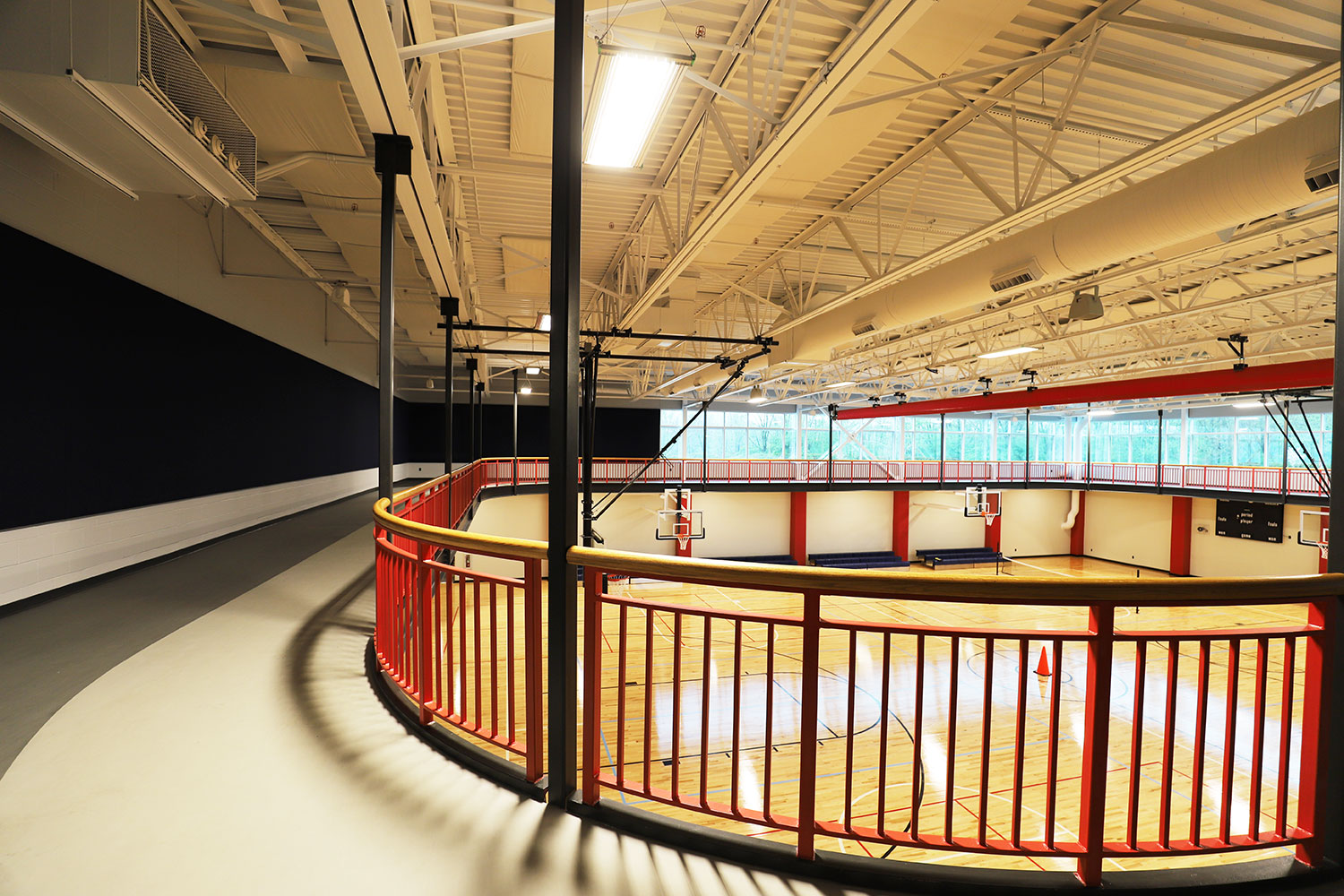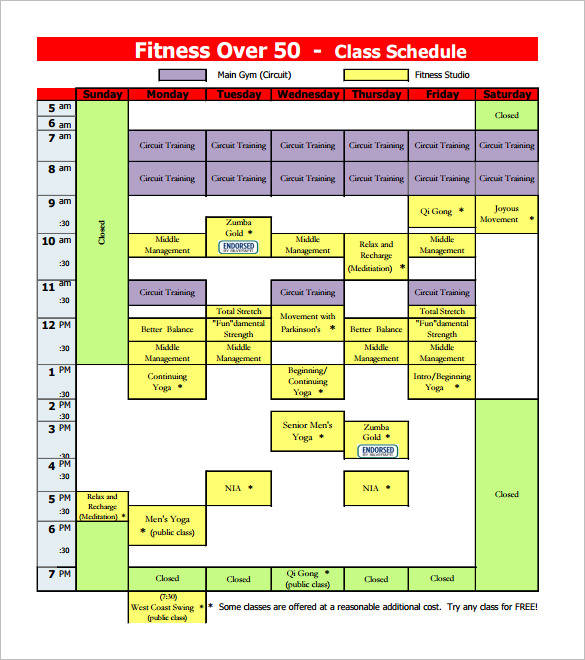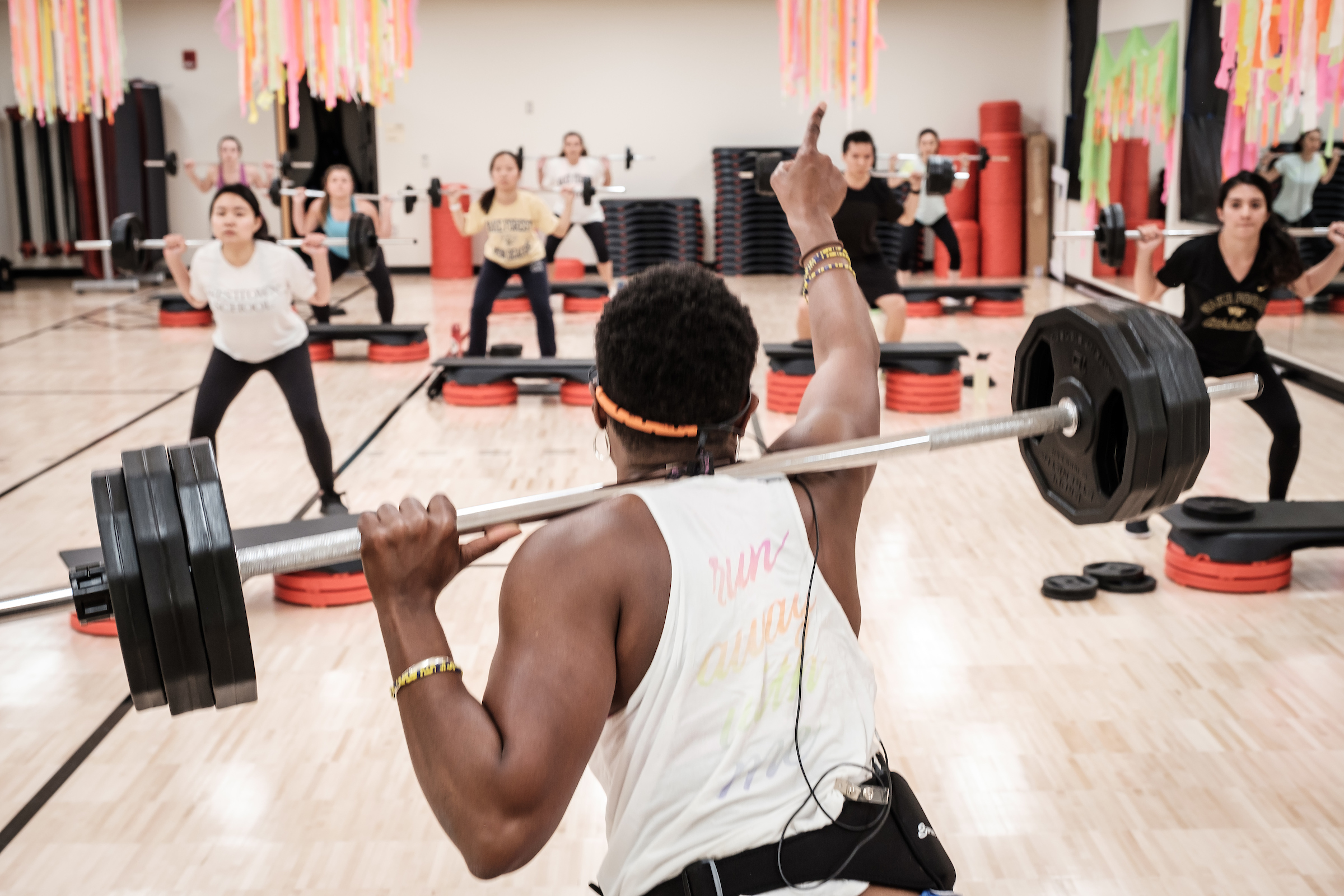
Stand next to a loaded barbell set on the ground.Being bent over moving the weight can put added pressure on the lower back, especially if we are already, or begin to, fatigue." "Depending on the weight and readiness of the athlete, avoid keeping moderate to heavy lifts under ten reps. "You can program this as a primary or accessory movement or add as a superset exercise," Shannon continues. "I personally love programming this exercise due to all the benefits the rows have on the posterior chain, as well as the added benefits of improvement of strength and hypertrophy." The great thing about the barbell row is, due to required stability in the spine and core muscles (keeping a neutral spine) and isometric hamstring activity (hinging the hips in a bent position), the action becomes a global pull exercise," says athlete performance and development specialist Curtis Shannon, C.S.C.S. This move is a staple in most bodybuilders, athletes, and probably your routine by this point. Play icon The triangle icon that indicates to playįixed moves with both arms can maximize the amount of weight that can move. Make sure you’re hitting two or three of these moves at least once a week to round out your physique. Now let’s get right into the best lat moves out there. Like other back muscles, a well-developed set of lats will also help to balance out your physique and can even contribute to better posture, especially if you're in danger of having an imbalance with too much focus on the anterior chain (front facing muscles like the chest). Training your lats can help you achieve the V-taper torso, a major goal for lots of guys. You'll find your deadlift is even stronger, too.

Functionally, strong lats mean you'll perform better when it comes to pulling exercises-and that's not just upper body moves like rows and pullups. Training your lats will pay off in a number of ways. In both the upward and downward path of the movement there were some small advantages from a muscular recruitment standpoint the the medium grip which seemed to be just right. Researchers have also found there could be some mild advantages from pulling with a medium grip width specifically in the vertical plane. Get too wide with your grip on a row though, and you begin to see more involvement from the rear deltoid and middle traps. This all means that traditional rowing motions with your arms by your sides pulling straight back will impact your lats. That forceful lowering action is adduction. Now lower them forcefully back to your sides. What’s adduction? Raise your arms out to your sides, forming a “T” with your torso. Their purpose is main two-fold: Your lats primarily work when you pull things, and when you adduct things. The muscle inserts into the upper part of the humerus (your upper arm bone) from the inside. In order to work your lats you have to understand them at least a little: They’re the large, triangle-shaped muscles on the back, which create a thick taper from shoulder to waist.
#Great neck rec center group fitness schedule how to#
Here's how to stay on track to building up a big back. The key, then, is finding the best exercises to keep your lat workouts engaging so you don't succumb to the temptation to skip out on the muscle group. Whenever you're performing a pulling movement, whether you're doing rows in the weight room or hauling a heavy bag of pet food out of your car's trunk, you're using your lats-so it pays to understand a little bit more about these important muscles. The lats are important for more than just achieving a physique goal the muscles are responsible for an essential function for work, play, and everything in between: pulling. If your fitness goal is to achieve the most commonly-held aesthetic standard, you'll need to train your lats.


Your lats are the biggest muscles in your upper body, and combine with the traps in your upper back to form the "V" shape essential for the highly-desired "V-taper" torso. The lats-shorthand for their proper anatomical moniker, the latissimus dorsi-are the wide, fan-shaped muscles that make up much of your mid-back region. And one of the most important muscles in the group, the lats, should be one of your main focal points. In order to build a truly strong and aesthetically pleasing physique, you need to train your back, too.

In practice, however, that type of approach will set you up for failure, since they're lacking balance. Lots of guys go about achieving those ends by using the mirror as their guide, which results in training sessions filled exclusively with exercises focused on the shoulders, arms, chest, and abs as they strive to make every muscle they can see in their reflection grow. UNLESS YOU'RE A HIGH-LEVEL athlete, your workouts are probably not quite as balanced as they should be to achieve the most common goals of the gym-going everyman: looking swole and feeling good. David Otey, C.S.C.S, is a member of the Men's Health Advisory Board.


 0 kommentar(er)
0 kommentar(er)
